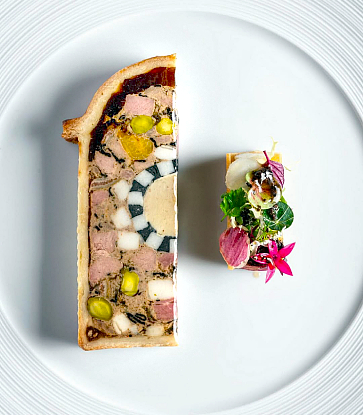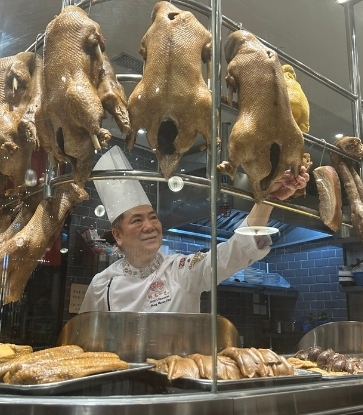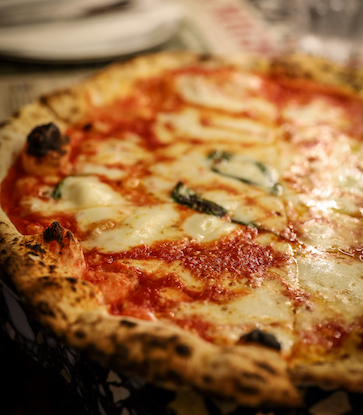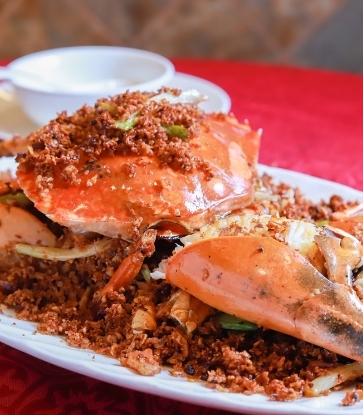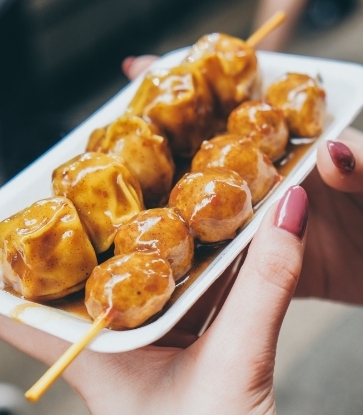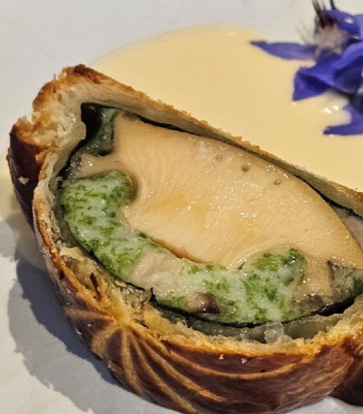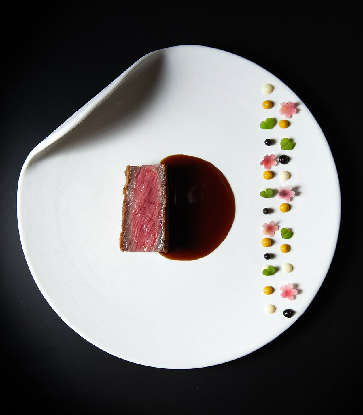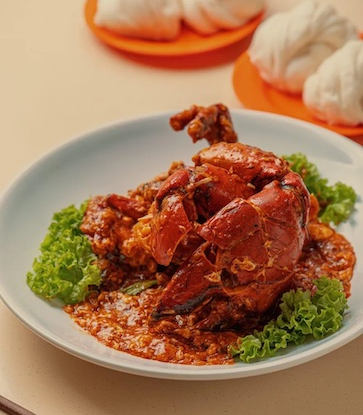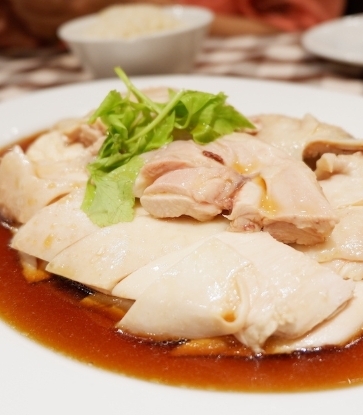If Hainanese chicken rice is Singapore’s most recognizable rice dish, then bak chor mee (or minced pork noodles when translated from the local Teochew dialect) is almost certainly the country’s best-known noodle dish.
It stands out among other local greats, such as fried Hokkien prawn noodles or swarthy wok-fried char kway teow, for its deceptively simple composition of al dente egg noodles splashed with black vinegar, fragrant pork lard and oodles of sambal chili.
As its name implies, the dish usually comes with add-ons like minced pork, though slices of lean pork, pig’s liver, meatballs, wontons, braised mushrooms and deep-fried dried sole fish are also common.
Some prefer it with the customary flat wide noodles (mee pok), while others opt for the thinner mee kia. The tangy vinegar and sambal can also be substituted for bottled tomato sauce — you could even have it sauce-free in a clear, light-tasting bone broth. The sky is the limit when it comes to the customization of this beloved noodle dish.
With bak chor mee stalls dotted around the island, the noodle dish plays no small part in Singapore’s bustling foodie scene, and no one does it greater justice than the one — and currently, only — MICHELIN-Starred hawker stall in the Lion City, Hill Street Tai Hwa Pork Noodle.
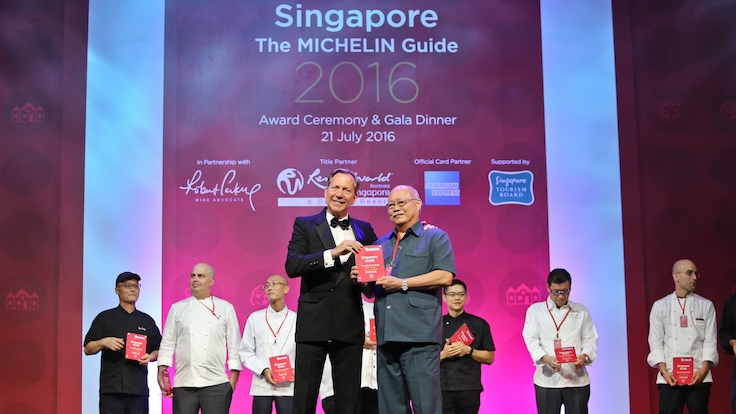
A Teochew icon with decades of history
Hill Street Tai Hwa Pork Noodle has consistently held its star since 2016, when the first edition of the MICHELIN Guide was launched in Singapore.
Its longstanding popularity can be summed up in a single, pithy remark by our MICHELIN Inspectors in their entry for the stall: “Expect to queue at any time of the day.”
In a street food paradise with options at every corner, the commitment to stand in line at a sweltering coffee shop for a humble bowl of noodles speaks volumes.
Still, owner Tang Chay Seng takes the longstanding popularity of his noodles in stride.
“You asked about the difference between our noodles and others. Honestly, our style isn’t drastically different in appearance, but the taste and texture are. Some prefer thinner noodles, some thicker,” he says.
“Each shop does things a little differently. Some might be heavy-handed with the vinegar, some use thicker or thinner sauces. You can tell just by picking up the noodles and looking at the texture whether it’s going to be good. Our noodles are very fine, so they can’t be overcooked — they need just the right timing.”
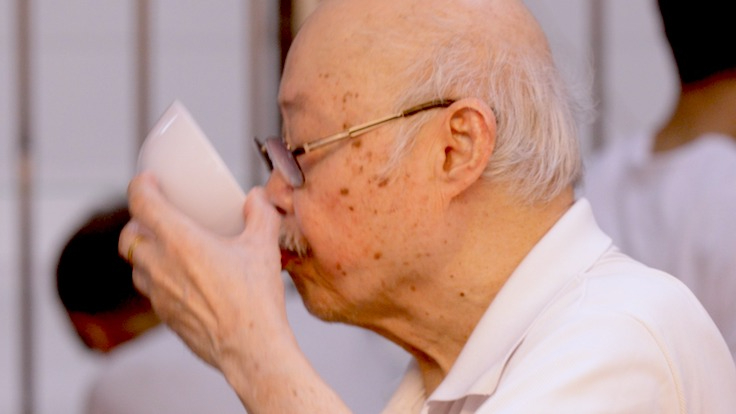
Tang got into the noodle business when he was just 17 years old. He learned the ropes on the job, helping his father and original founder, Tang Joon Teo, at Tai Hwa’s original coffee shop on Hill Street.
“He didn’t need to say much — we just observed and picked things up. No formal instruction. It was all through doing,” he says.
Tang inherited the recipe from his father and continued his legacy, shifting from location to location before finally settling in Crawford Lane in 2004, where it remains to this day.
“It’s been quite the journey,” says the hawker, now in his seventies. “If you ask me the most important lesson I’ve learned, it’s persistence. You need to keep going. Never let up. Always stay consistent in quality.
“I now have two or three assistants. They’re good, but the longer they do this, the more complacent they can become. It’s human nature. That’s why it’s important to keep them focused, remind them to be careful and pay attention to the details. That’s the only way to keep the quality consistent.”
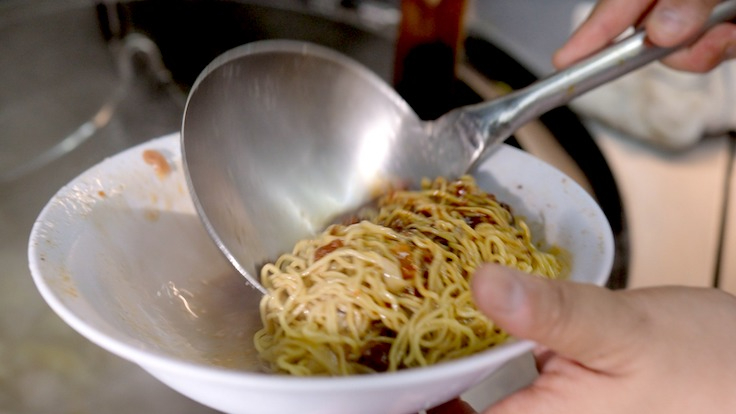
No changes to the family noodle recipe
It is generally accepted that Singaporean bak chor mee was adapted from a noodle dish introduced by Chinese Teochew immigrants.
Like many hawkers of that era, the dish was originally sold off a roving pushcart before making its way into permanent hawker centers and coffee shops.
Apart from the upgrade in premises, little else has changed at Tai Hwa.
“I’ve made slight improvements over the years, but the essence remains the same,” says Tang. “The sauce, the lard, the soul of the dish — it’s all there, just more refined now.”
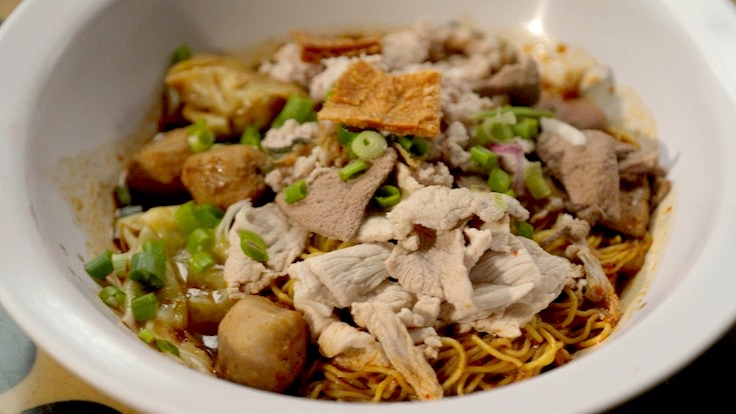
The hawker starts the day at 6 a.m. His first order of business is getting through the newspaper before the day’s ingredients arrive, most of which is delivered by 8 a.m.
“I come here to prepare the pork lard and other components. Everything is freshly packed and prepped. I do most of it myself, it’s a one-man operation most days,” he says.
“Most customers don’t realize how much goes on behind the scenes. The key ingredients — like the pork lard and the sauce — require a lot of work and technique. Timing is crucial. Heat control, precision — all of that affects the outcome.”
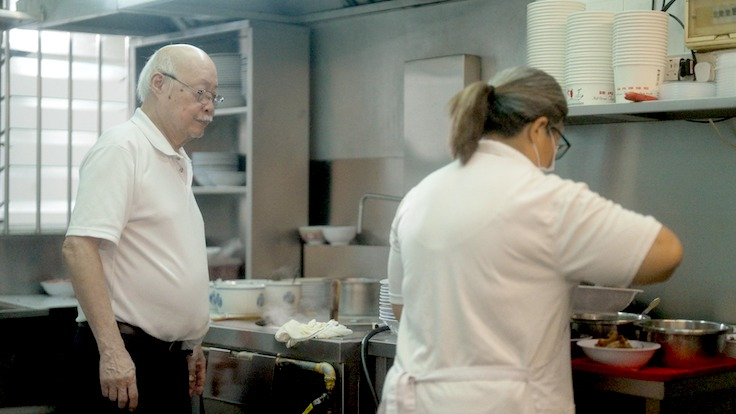
Reflecting on legacy
Tang has dedicated his life to perfecting the craft handed down by his father. He doesn’t regret it in the slightest.
“To me, this job has always been meaningful. It’s about preserving and passing on this legacy to the next generation. That’s what I hope to continue — to uphold and carry on the tradition,” he says.
Now, Tang sees his cooking as an introduction to Singaporean culture beyond just filling stomachs. “For me, Singapore’s food culture is diverse and unique,” he says. “There’s a lot I love — like char kway teow and fish head soup. These are the kinds of dishes that make Singapore special. People who come to Singapore should try dishes like mine too. It’s an essential part of the local experience.”
Indeed, Tang himself doesn’t go a day without enjoying a bowl of bak chor mee, sometimes with soup and sometimes without.
But if he was forced to pick just one dish, there’s simply no question: “It’d be our dry version with chili. Classic, simple and done right. That’s my favorite.”




